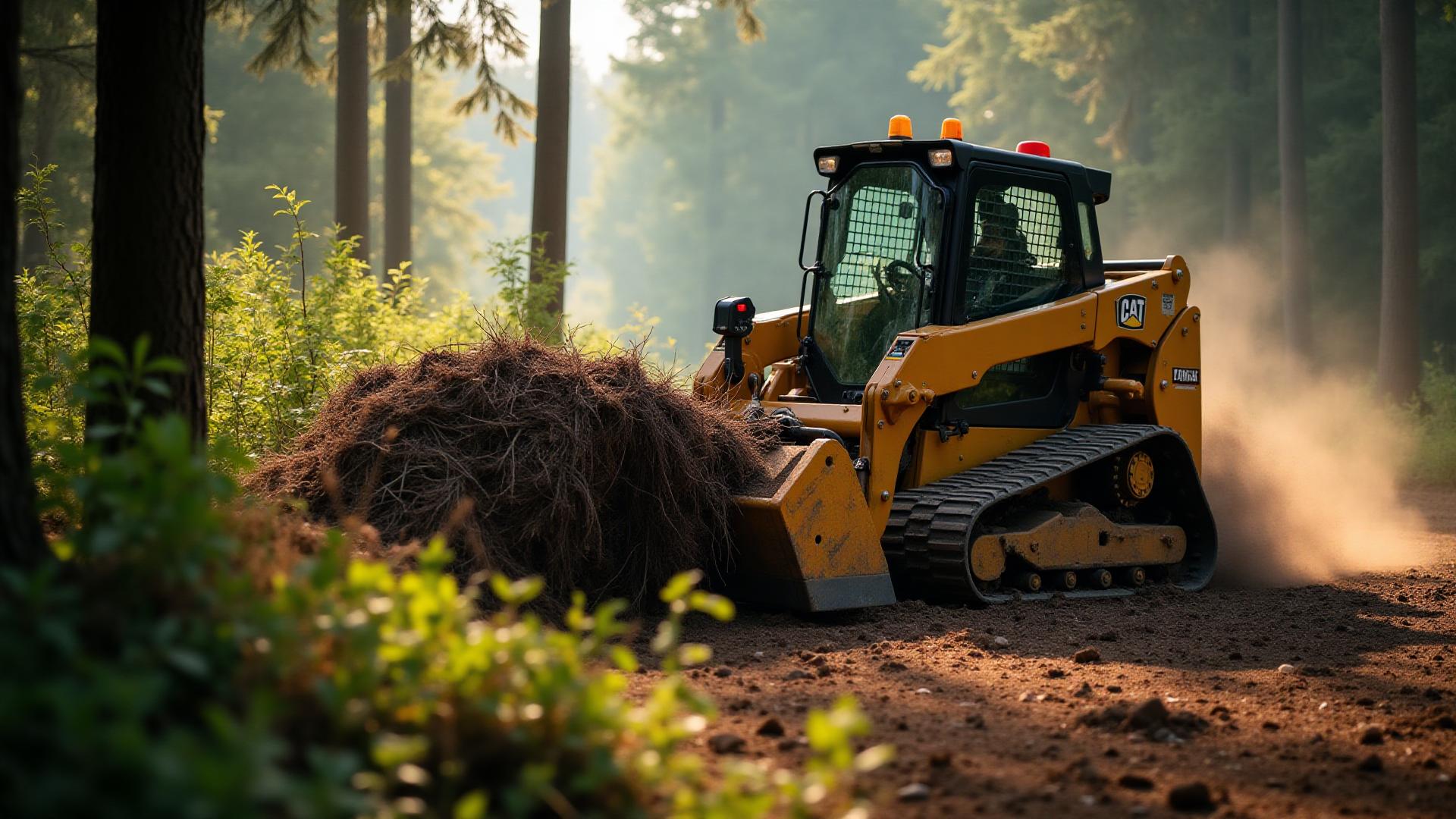With wildfire risk increasing across the Inland Northwest, creating defensible space around your property is essential. This guide covers proven strategies to protect your home and land.
Understanding Defensible Space
Defensible space is the buffer between your structure and wildland vegetation that slows or stops fire spread. Proper defensible space can mean the difference between a home that survives and one that doesn't.
The Three Zones
Zone 1: Immediate (0-30 feet)
Highest priority for fire safetyKeep area mostly clear of vegetationRemove all dead plant materialUse fire-resistant landscapingZone 2: Intermediate (30-100 feet)
Create spacing between trees and shrubsRemove ladder fuelsThin dense vegetationMaintain cleared areasZone 3: Extended (100-200 feet)
Thin forest standsRemove dead trees and branchesCreate fuel breaksMaintain access roadsVegetation Management
Tree Thinning
Remove trees to create 10-foot spacingFocus on smaller diameter treesKeep largest, healthiest specimensCreate crown separationBrush Removal
Clear all brush under tree canopiesRemove dense shrub thicketsEliminate ladder fuelsMaintain ongoing clearancePruning
Remove lower branches up to 6-10 feetEliminate dead limbs and branchesKeep trees healthy and vigorousAddress disease and insect damageForestry Mulching for Fire Mitigation
Modern forestry mulching offers advantages for fire mitigation:
Benefits
Quickly processes large areasLeaves protective mulch layerReduces erosion riskMore cost-effective than traditional clearingMinimizes soil disturbanceApplications
Creating defensible space zonesClearing understory vegetationOpening up dense standsMaintaining existing clearancesCreating Fuel Breaks
Strategic fuel breaks stop fire spread:
Road Networks
Maintain clear road shouldersCreate turnarounds for equipmentEnsure adequate widthKeep gravel or mineral soil surfaceProperty Boundaries
Clear vegetation along fence linesCreate access for firefightingCoordinate with neighborsMaintain regularlyStructure Protection
Beyond vegetation management:
Building Materials
Use fire-resistant roofingInstall ember-resistant ventsChoose non-combustible sidingMaintain gutters and roofsZone 1 Specifics
Remove combustibles from against houseClear debris from roof and guttersTrim branches away from structureUse rock or gravel landscapingMaintenance Schedule
Fire mitigation is ongoing:
Spring (March-May)
Remove winter debrisPrune and thin vegetationClear gutters and roofsInspect and repairSummer (June-August)
Keep grass mowedWater drought-stressed treesRemove dead vegetationMonitor fire dangerFall (September-November)
Clear fallen leavesRemove dead annualsInspect structuresPrepare for winterWinter (December-February)
Plan next season's workSchedule large clearing projectsRemove storm-damaged treesMaintain access roadsCost Considerations
Budget for fire mitigation:
Initial Clearing
Zone 1: $2,000-$5,000Zone 2: $3,000-$8,000Zone 3: $5,000-$15,000Annual Maintenance
Basic upkeep: $500-$1,500Comprehensive program: $2,000-$5,000Insurance and Property Value
Fire mitigation impacts:
Insurance Premiums: Some insurers offer discountsCoverage Availability: Required by some policiesProperty Value: Increased marketabilityPeace of Mind: Priceless protectionWorking with Professionals
Choose experienced contractors who:
Understand local fire ecologyKnow regional regulationsHave proper equipmentMaintain safety standardsOffer maintenance programsWork with neighbors:
Coordinate boundary clearingShare equipment costsCreate community fuel breaksDevelop evacuation plansRegulations and Resources
Stay informed:
Check local fire marshal requirementsApply for cost-share programsJoin Firewise communitiesAttend education workshopsEmergency Preparedness
Beyond mitigation:
Create evacuation plansMaintain emergency suppliesKeep important documents readyHave communication plansConclusion
Fire mitigation is an investment in safety and property protection. Regular maintenance of defensible space significantly reduces wildfire risk while improving forest health and property aesthetics.
Our team provides comprehensive fire mitigation services throughout the Inland Northwest, from initial assessment through ongoing maintenance.

